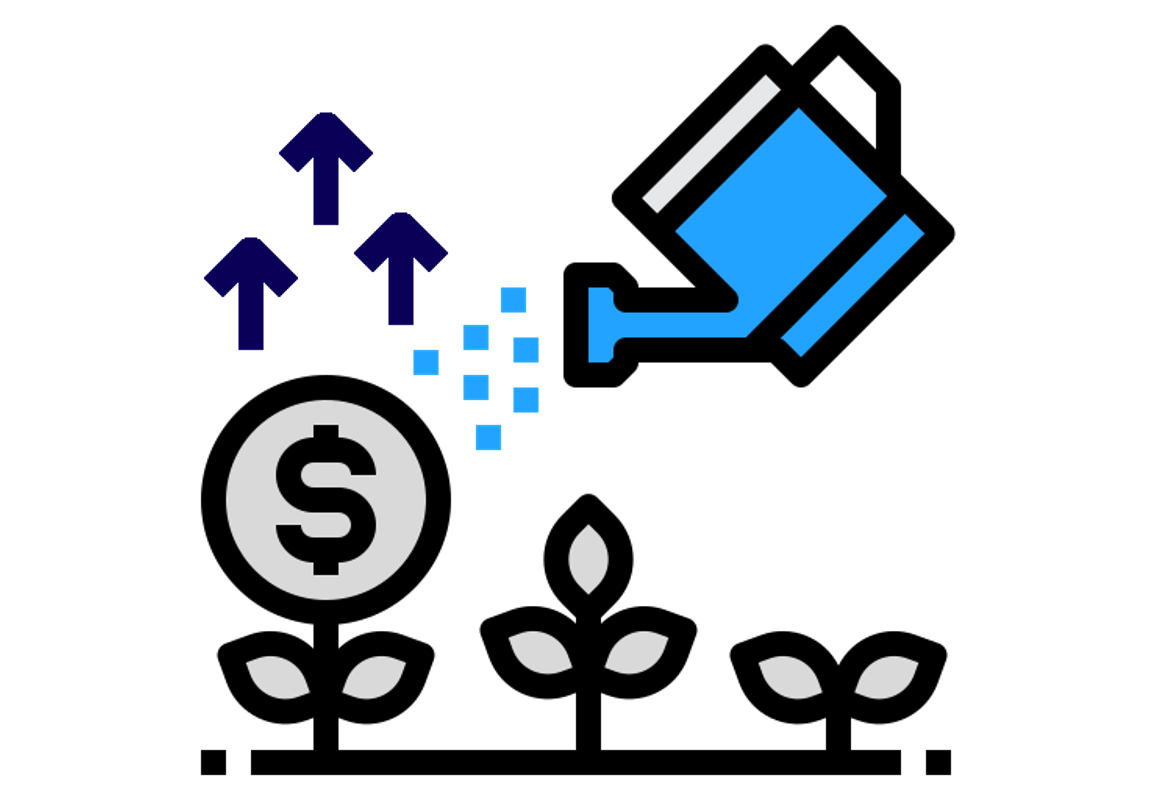Understanding Private Equity
The Landscape of Private Equity in the Carwash Sector: Featured in Professional Carwashing and Detailing

The Landscape of Private Equity in the Carwash Sector: Featured in Professional Carwashing and Detailing

The Landscape of Private Equity in the Carwash Sector: Featured in Professional Carwashing and Detailing

The first half of 2024 has brought a major and significant slowdown in carwash M&A, along with a stark decrease in the dispersion of acquiring parties. Transaction count is down ~46% and the number of sites sold and acquired is down nearly 40%, both compared to the first half of 2023. By way of most active acquirers, 2024 posted a large increase in deal concentration. Most notably, during the first half of 2023, the most active acquiror by transaction count was El Car Wash, having been the acquiring group in just 11% of the announced transactions. The first half of 2024 had Whistle Express representing a commanding 43% of deals as the acquiring group. In this industry report, we cover all announced M&A transactions in Q2 and provide a candid overview of market trends.
With all this “new” and “big” money coming into the car wash space in recent times, it’s about time we break down what this all actually means. What is all this external investment and new money doing here? How are they going upon doing this? Why are are they here? And most importantly, what does this mean for you as a current or future car wash owner and / or operator.
Private-equity-backed carwashes only account for a low- to mid-single-digit percentage of the carwash population in the U.S. This is true whether you want to count all carwashes (as the provided infographic does) or if you only want to count conveyor washes (which roughly triples the market share).
Check out some of the specific current private equity backed car washes in our periodic update on the state of the industry.
Private-equity-backed carwashes are present in roughly half the states throughout the country.
Although state-level attributes, such as tax treatment, minimum wage laws and population density, are certainly influencing factors, that is not the complete story. Carwashes, being the specialty businesses they are, have their own additional level of state-specific factors, including weather and zoning laws. But still, there is another force on top of these at play: local competition and the ability to create local footprints.
One trend that private equity shops are following, regardless of their state(s) of choice, is “local footprinting”: acquiring several washes in close geographical proximity and within the same state. Although the reason for this might seem fairly obvious, it is slightly more involved and telling than it may appear at first glance.
Creating a local footprint can be achieved through multiple methodologies. The approach private equity has all but ubiquitously taken in this industry is growth through horizontal acquisition. There are some outside-investment-backed wash companies that are taking a build approach to grow their car wash company. Although not infrequent, this approach is taken by the undoubtable minority.
The reason why acquisitions are favored over new builds is that this strategy more readily facilitates the achievement of local footprinting both in the ways of time and feasibility. Not only does acquiring take far less time than building, but it is also highly infeasible and far more difficult to own the same proportion of market with only new builds. Through acquiring existing washes, they not only create a wash of their own but also simultaneously eliminate a competitor.
With local footprinting being the geographical strategy and acquisition being the most natural and efficient means of achieving such, the question turns to why. The answer is simple: be able to sell what you bought for more than you bought it for. This can also be rephrased in the way of “increasing value or worth” of the businesses owned.
Outside investors and private equity look towards two major mechanisms as their way to achieve such: synergies and multiple expansion through scale.
Synergy is the alchemy of finance and what turns the combination of two businesses making $1 million each into a combined business that makes $2.5 million. “Synergy” is simply the practice of making things more valuable by combining them in some manner. Synergy and this strategy are not unique to private equity — they apply all the same to growing a chain organically without outside investors. Nonetheless, local footprinting is core to the extent in which this strategy of growing, scaling and achieving synergies will be successful.
Increased Sales: “Sales Synergy"
Having a local footprint allows for meaningful customer brand recognition, which can lead to sales synergy. Sales synergy is simply the example mentioned before: the idea of two washes doing $1 million each then being able to do $2.5 million total when combined. Although having geographically local brand recognition through multiple facilities can increase top line in a few different ways, a great single and pointed example is the creation of a more compelling sale through unlimited wash programs.
Cost Savings: “Operational Synergy”
Operational synergies differ from sales synergies in that they do not impact top line or revenue — in other words, the number of cars a facility washes. Rather, they impact the bottom-line profit per car washed. Operational synergies are often referred to as “cost synergies,” i.e. savings in the way of lowering cost line items of a business.
Management is a prime example of cost synergy being achieved through local footprinting. Let’s say there is a wash manager who is superb at managing one wash, but the truth is that he or she only needs to be at the wash in person two days a week to keep things running on all cylinders. Well, if you also own a wash 10 miles away, that wash manager can now manage both those washes, whereas if your second wash were 100 miles away, you would need to hire another manager for this second wash.
It is worth mentioning that, in addition to the simple roll-up growth strategy these private equity players are taking, there is also quite a bit of financial engineering occurring to amplify returns, and this is core to their strategies. These include sale-leaseback transactions to unlock incremental value and, more importantly, the true story of multiple expansion through reaching varying levels of scale.
Multiple expansion, when boiled down, is the concept of buyers being willing to pay more per unit for a larger group of units. If a single wash is willing to be bought for six times the earnings, 10 washes all in the same local footprint are worth, say, eight times to the same buyer. As you can imagine, the buyer universe of people or companies in the market for 10 washes, rather than one, is certainly smaller. However, the price the remaining interested parties at this scale are willing to pay is far more per wash.
The reason this concept holds true is often convoluted, while in truth the primary reason is relatively simple. People are willing to pay more to both guarantee their ability to create a local footprint by purchasing them all at once and to not have to go through the trouble of actually doing so. Purchasing numerous independent and separate washes creates opportunities for compounding error, significant levels of uncertainty and quite a headache. Buyers are willing to pay a premium to avoid this. Additionally, the ability to achieve higher synergies — and therefore top-line and profitability — are immediately attainable.
Carwashes are a near perfect business model for private equity and an acquisition-based growth strategy.
When an industry doesn’t have any juggernauts and, rather, is owned by many disparate entities, private equity starts licking its chops. This signals the likely presence of inefficiencies in the market. These groups can not only capitalize from exploiting these inefficiencies and correcting them but also have the benefit of possibly becoming the controlling juggernaut that the industry currently lacks.
Not too long ago, it was very difficult to gain financial clarity on a carwash. The absence of natural reporting standards and means long made the industry less investable in the eyes of institutional capital. With the advent of both conveyor washes and technology tracking tunnel statistics, that comfort is far easier to gain than ever before.
The term “plug-and-play” denotes the idea that a business is as simple as turning a key to get it running. Many people view the carwash industry, especially the express model, as being largely plug-and-play. Others, primarily many owners in the industry, view it to be a far more operator-discretionary-based business model. The crux of this highly contested point is outside the radius of this article but is an influencing factor of outside money’s involvement nonetheless.
Everyone loves the idea of predictable, consistent and high-profit cash flows. However, private equity companies don’t just love this notion — they need it. Given that the majority of their investments are done with a considerable amount of leverage, or debt, they need these cash flows in order to pay the interest on the high amounts of debt they use to buy and operate them. The steady high-volume, low-ticket-price and highly-recurring customer-base business model that carwashes are fits the bill.
There are also multiple macroeconomic factors at play here in favor of outside money’s involvement in this industry. These include lending being “cheap,” a global investment environment begging for yield and a “healthy” demand from real estate investors.
If the carwash industry is to follow the cyclical maturation curve of most others, we are still in the early innings of institutional money’s involvement in the sector. If you are an individual owner, do not despair or be discouraged by private equity’s involvement. Although private equity introduces “competition,” the approach these investors have taken as of now has created quite a few heightened opportunities for current owners and operators.
.png)
Our Top Companies and Top Acquisitions pages have become trusted resources across the car wash industry. We’re inviting the community to help keep these tools accurate and up to date.


Presented by Car Wash Advisory: M&A & Capital Markets in and of the Carwash Industry

